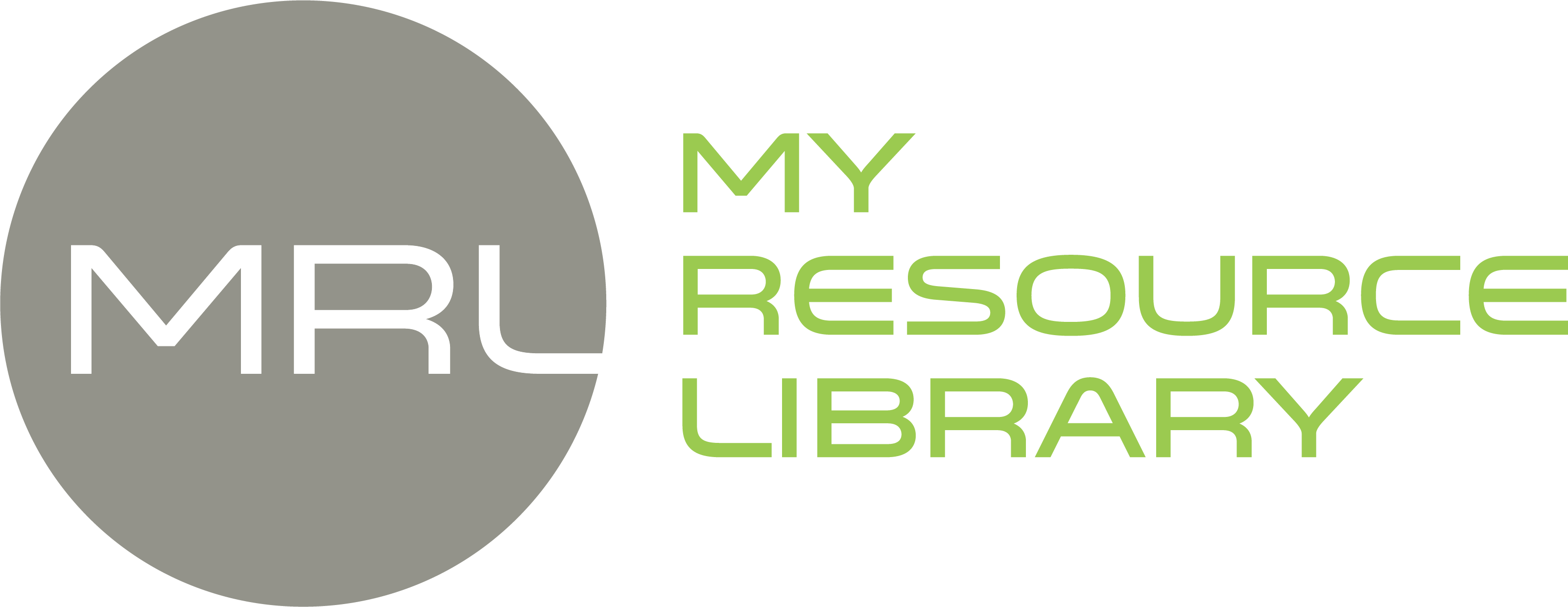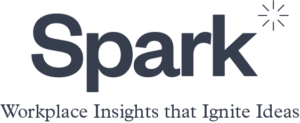7 Spaces for the New Ways We Work
Thanks to the internet, any place can now be a workspace—our homes, a coffee shop, the airport, a kids’ baseball game. Really, anywhere. We can even work a whole world away from the office and our cohorts. But there’s often a price that comes with this ability to integrate work with life 24/7.
While mobile technology offers connected convenience, it makes it harder for companies to ensure their people receive the support they need from their remote working environments. For employees, working off-site long-term can create feelings of alienation and loneliness. It also separates them from the company’s community and culture.
Bring ’Em Back In
Many businesses are calling for a return to the office—for at least part of their employees’ working time. However, plopping people down in the traditional workspaces we used just a few years ago won’t do. The ways we work have changed—and they are constantly changing. If spaces don’t serve the current needs of your employees and their new workstyles, asking them to report to an office just trades one problem for another. People won’t do their best work in spaces that don’t work for them. And sometimes, people won’t work at all—choosing to leave in favor of a more supportive, flexible environment.
The challenge for businesses, then, becomes multi-dimensional:
How do you evolve the office environment to 1) bring people together, 2) support them in their work, and 3) keep the flexibility they desire?
Offer Choice
Not everyone needs the same type of workspace. Preference sets are unique to individuals and groups. Work itself varies from task to task. Innovation requires a combination of focus and collaborative activities. It’s important to create varied spaces within the work environment, so people can choose which best accommodates their needs. This includes times when they need to take a break, shift focus away from work for a moment, rest, or recharge.
Here are 7 types of spaces your company can use to support the new ways people are working:
-
-
- Gig/Coworking Spaces
Good for: Community and Innovation
- Gig/Coworking Spaces
-
To create an internal corporate coworking environment, encourage members of different teams to work side-by-side using assigned or unassigned workspaces that accommodate different functions.
-
-
- Activity-Based Spaces
Good for: Focused Tasks
- Activity-Based Spaces
-
Activity-based spaces are designed legibly around individual tasks to create efficiencies that more general workspaces may not. All the tools you need for a given activity are ready and waiting for you to work in each space. In the end, it makes for a better holistic outcome.
-
-
- Multi-Use Spaces
Good for: Flexibility
- Multi-Use Spaces
-
Providing maximum flexibility and convenience of place, multi-use spaces support a variety of activities. Flexible furniture, durable kit-of-parts workstations, and moveable walls allow for growth and changes in space needs.
-
-
- Social Spaces
Good for: Community, Connection, and Collaboration
- Social Spaces
-
Within office environments, social spaces empower people to choose destinations to work, gather, socialize, or just recharge.
-
-
- Well-Being Spaces
Good for: Overall Employee Well-Being
- Well-Being Spaces
-
Businesses now understand the importance of a happy, healthy workforce and creating a culture of well-being. Companies are adding new cafeterias (or revamping old ones) to offer healthier food and snack choices, on-site fitness centers and mothers’ rooms for nursing moms.
-
-
- Mobile/Agile Spaces
Good for: Small Spaces and Employee Agility
- Mobile/Agile Spaces
-
Make it easy for people to touch down and plug in wherever they want or need to work. Create unassigned workstations in semi-private carrels or minimalistic spine-based workspaces with power and data connectivity.
-
-
- Virtual Spaces
Good for: Multi-Site Collaboration and Connection
- Virtual Spaces
-
For situations when remote connection is needed, you can create virtual communities and workspace destinations. Choose from any number of online platforms for team and group real-time interaction through instant messaging, file sharing, and/or video.
To read the full Spark article by Haworth, Inc., click here.


 Get In Touch!
Get In Touch!

 Contact
Contact